Selsey's Fishing Heritage
Fishing is at the heart of Selsey. Today many of Selsey's fishing families can trace their family fishing history back to at least the 16th Century. It was the fishermen who brought the Lifeboat to Selsey and many have a deep-rooted connection to RNLI Selsey to this day, volunteering their time to rescuing others. This is a brief history of Selsey's fishing industry.
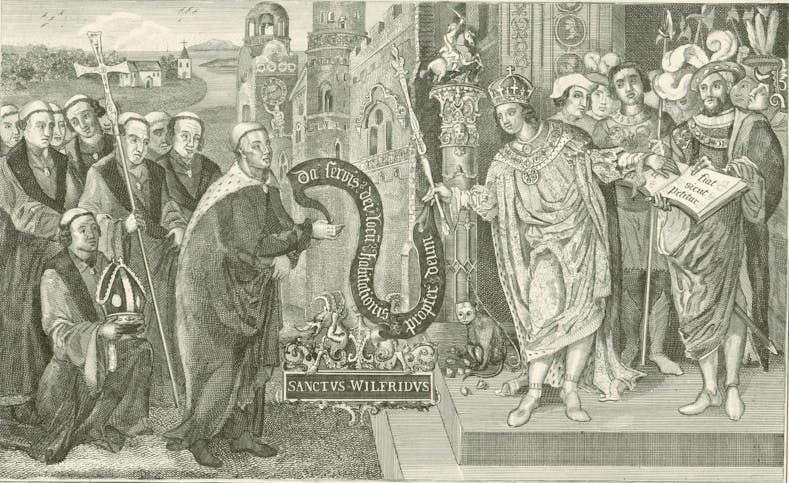
Selsey can lay claim to the earliest recorded evidence of fishing in the country. Venerable Bede writing in about 700AD described the story of St Wilfrid and his monks in around 680AD teaching the Selsey locals to fish in the sea by tying nets. According to Bede, prior to St Wilfrid the starving local’s fishing was focused on catching eels in rivers with nets.
Archeology South East were given the opportunity to investigate the Medmerry area of Selsey from 2012-2014. This was where the remains of fish traps were discovered.
Chichester District Archaeologist James Kenny describes the find as “rows of stumps, one row being in excess of 90 metres long. The oak posts had willow, poplar and other woods wound between them to make a sort of fence. Wattle was also found between the stakes.
“The conclusion was that this structure, and others like it, had been fish traps. Originally thought to be Bronze Age, because it was found close to late Bronze Age (1,000 BC) structures. However, radiocarbon dates of this particular trap, showed it to be Anglo-Saxon to Medieval - exactly the period of St Wilfrid.”

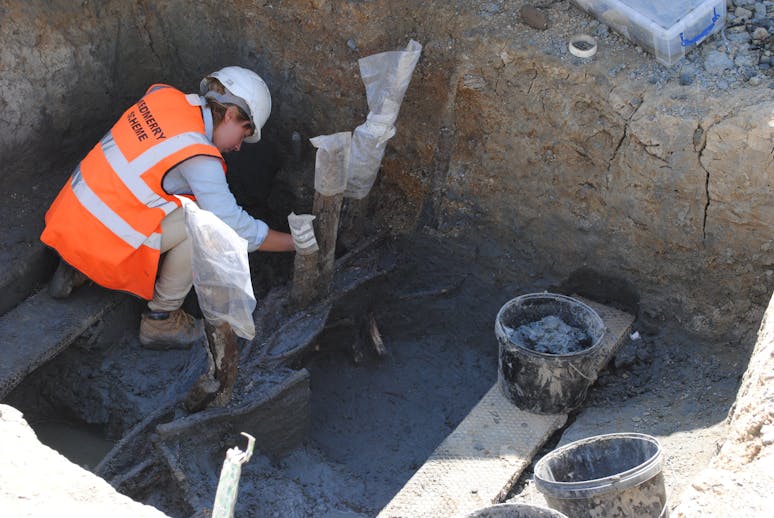
Since the completion of the Medmerry project, the Chichester & District Archeology Society (CDAS) has been monitoring coastal change and uncovered even more intriguing revelations about the area.
The find of another small fence line dating to the Bronze Age shows the possibility of fish trapping in Selsey had been happening for over 3,200 years!
The fish traps worked with the fish swimming over the fences at high tide and, as the tide went out, restricting the fish’s ability of escape. The fish were then easily harvested by the fishermen at low tide. Interestingly Kenny has stated that the old name for a fish trap is a kettle. The old expression “kettle of fish” refers to a trap full of fish not a pan full of fish!
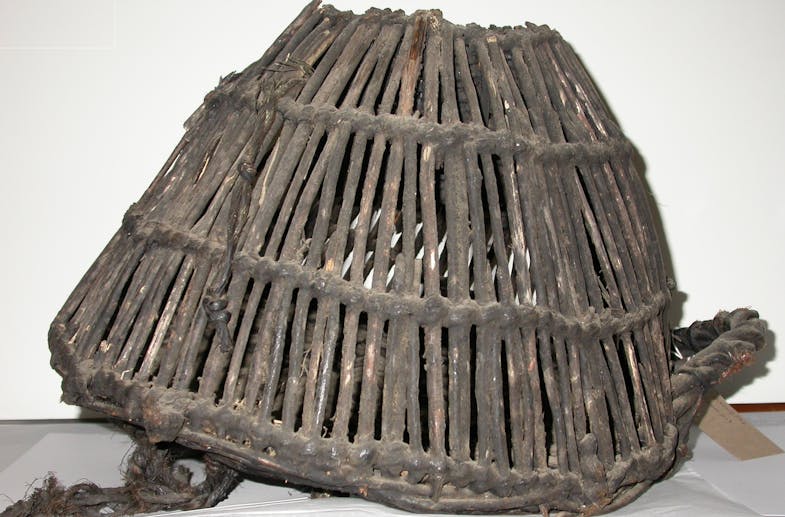
Selsey has retained its reputation throughout history for its fish and seafood. The Elizabethan Historian William Camden (rewarded with the lands now known as the London Borough of Camden by Elizabeth 1 for his writings) wrote in 1586 that Selsey was “…now most famous for good cockles and full lobsters”.
Then in 1653 the author of the publication Compleat (sic) Angler, Izaak Walton wrote “…there are four good things in Sussex, a Selsey cockle, a Chichester lobster, an Arundel mullet, and an Amberley trout.” Cockles were mainly collected in Pagham harbour but the reclaiming of the land from the sea in 1873 saw a great reduction in the trade.
The primitive traps of the medieval period werem over the centuriesm replaced by willow or ‘withy’ lobster pots – ‘creels’ to catch crab and lobster off Selsey. The pots were skillfully made by the fishermen out of supple golden willow which was collected from willow beds located in the Sidlesham/Church Norton area of Pagham harbour. Fishermen would congregate in groups, paying a small fee to cut the willow which local farmers grew in their fields.

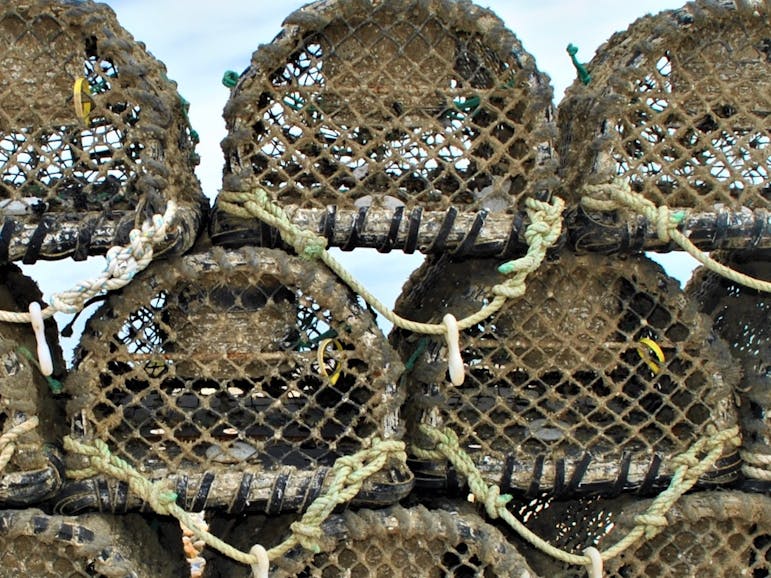
The ‘creels’ were predominantly made in the winter months when the sea was far too treacherous to fish in and instead the fishermen would seek alternative employment on construction sites and later in factories.
There is an 1883 record of a silver medal being awarded to fisherman Charles Perrin of Selsey at the International Fisheries Exhibition ‘for his superior skill in fishpot making’ and his wickerwork being classified as ‘First Class’!
In more recent times the traditional willow pots, once the most prominent feature at East Beach - the fishermen’s beach - and home to our present day Fisheries (having migrated over the centuries from Church Norton in St Wilfrids time) have been replaced by more sturdy, plastic and metal versions.
As ever the Selsey Fishermen have had to modernise their fishing methods over time.
In the 1970s to compete with the sudden arrival of West Country fishermen, Selsey’s fishing industry was to change significantly. Danny Arnell, a local fisherman, who can trace his Selsey fishing family back to the 16th Century explains, “They started stringing pots, whereas, previously, the locals had been potting individually.”
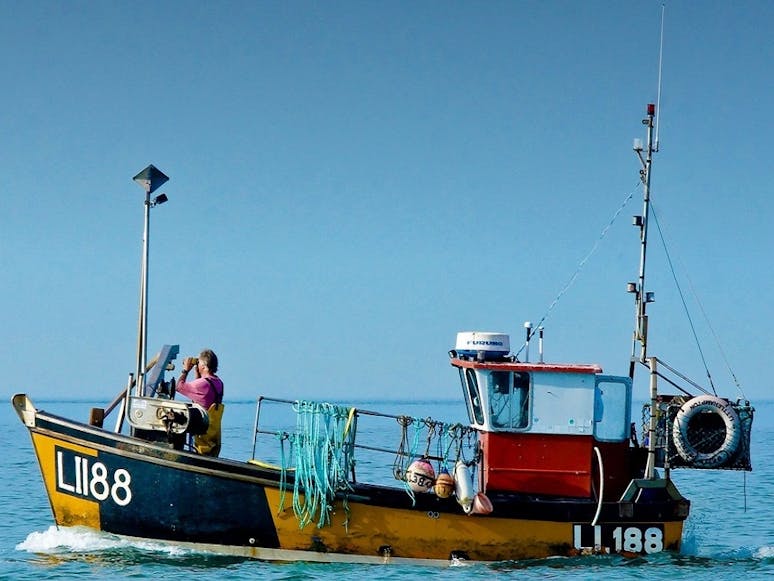
Robert Greenwood, from one of Selsey’s fishing families and currently Safety and Training Officer with The National Federation of Fishermen’s Organisation, supports this “ There was a definite shift between the old-fashioned way of fishing that was still in use when I was growing up in Selsey and the modern way, with motorized vessels and crews of three, right out in the middle of the English Channel, doing 18 hours days at times. Many of the Selsey Fishermen decided that if they wanted to continue making their living from fishing, they needed to move with the times. Small, clinker-built wooden boats were superseded by larger vessels, often made from fiberglass.
Instead of pulling pots by hand and using capstans, the boats were fitted with slave haulers which hauled strings of pots much more efficiently.
Rather than purely relying on the simple method of navigating by watch and compass, chart plotters, sounders, radars and, eventually, satellite navigation systems were introduced.”
Arnell explains that the watch and compass method was, “When you left your moorings, you looked at your watch and timed yourself and the speed you were going to your destination. You would also be looking at your compass. When you got there, within minutes, you would probably find the fishing gear you were looking for.”


The demand for Selsey’s crab, lobster and whelks has grown at a pace over the years. Globally, Selsey’s seafood is internationally recognised by countries such as France, Portugal and Spain. Further afield the Asian markets prize Selsey crab and lobster and are large procurers of Selsey’s fresh seafood and cuttlefish.
Selsey’s fish and seafood is bought and enjoyed locally. Selsey is one of the last remaining coastal towns on the South Coast where you can watch the fishermen bringing in the catch. Take the opportunity to purchase your freshly caught seafood direct from a Selsey fishing family, and savour it for yourself:
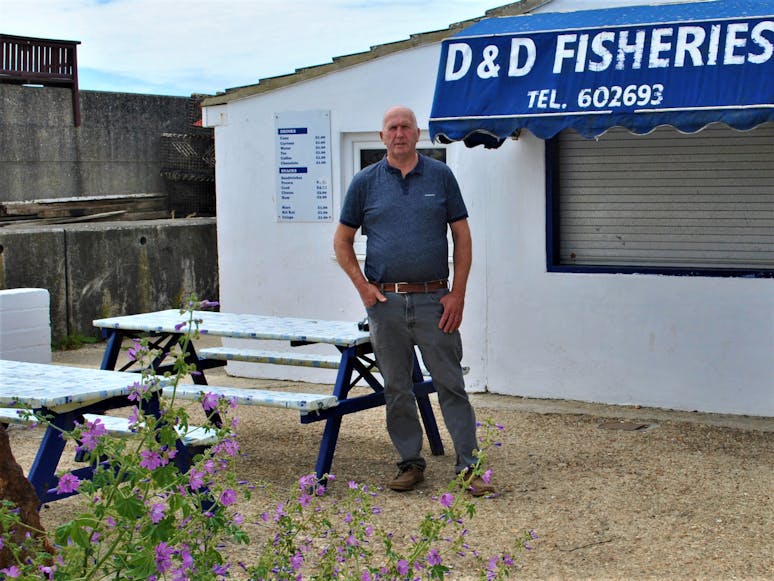
On the weekend fresh dressed crab, prawns, cockles and seafood sandwiches can be picked up from D&D Fisheries opposite the skate park at East Beach Green. Alternatively during the week contact D&D Fisheries direct for orders, season opening hours and deliveries.
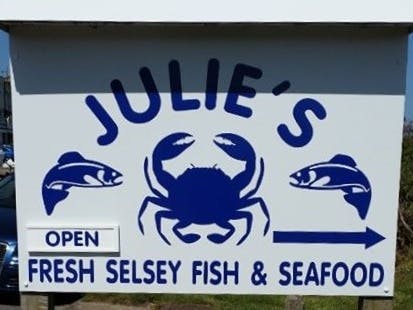
Julie’s sells fresh Selsey fish and seafood 6 days a week direct from their family run shop situated just off the seafront at East Beach. Offering wholesale trade as well as retail contact Julie's for opening hours and more information.
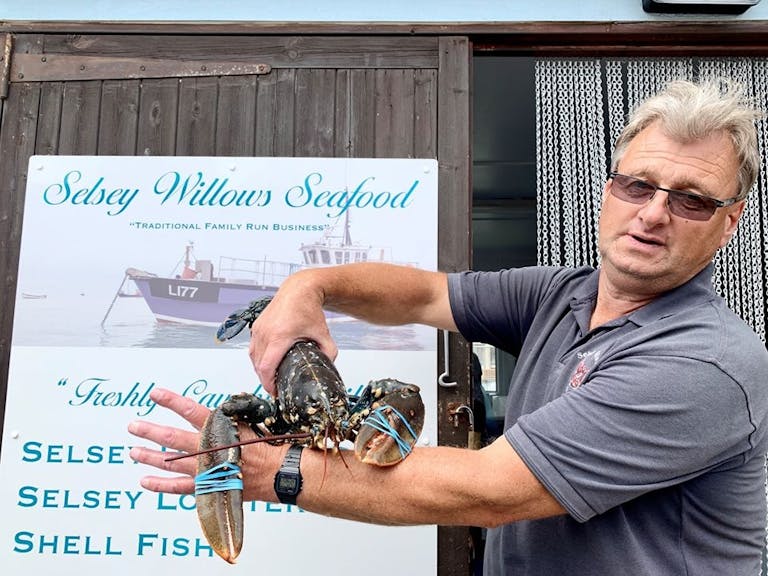
Selsey Willows Seafood is a family run business with its own fishing boat "Rapid Return". Selling freshly caught Selsey crab, lobster, prawns and whelks and fish locally by direct order. Always seen at Chichester's monthly Farmers Market, they also attend other Farmers' Markets throughout Sussex and Surrey. Find out more.





